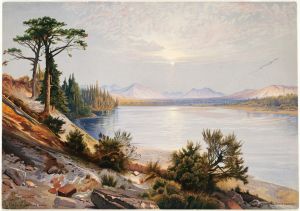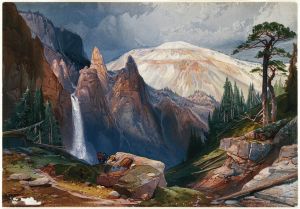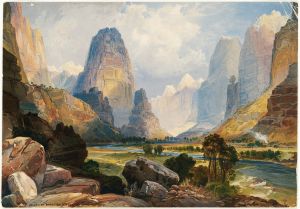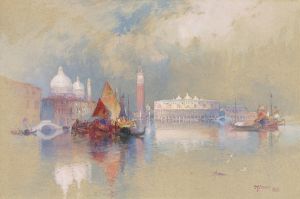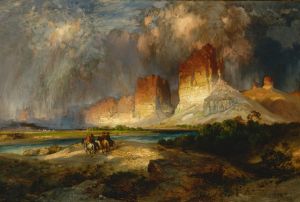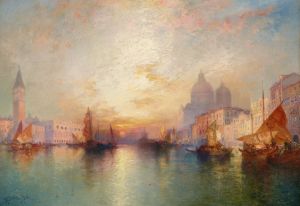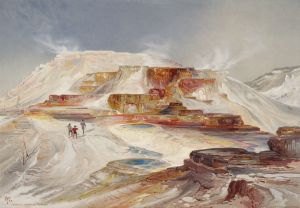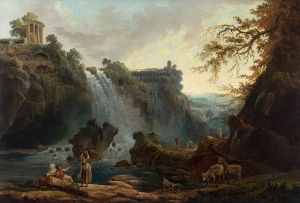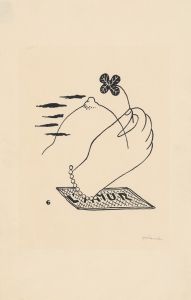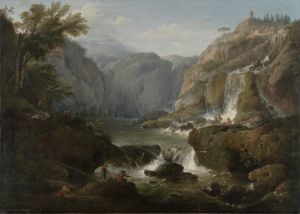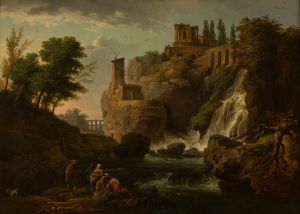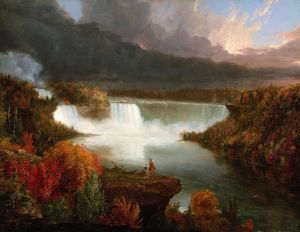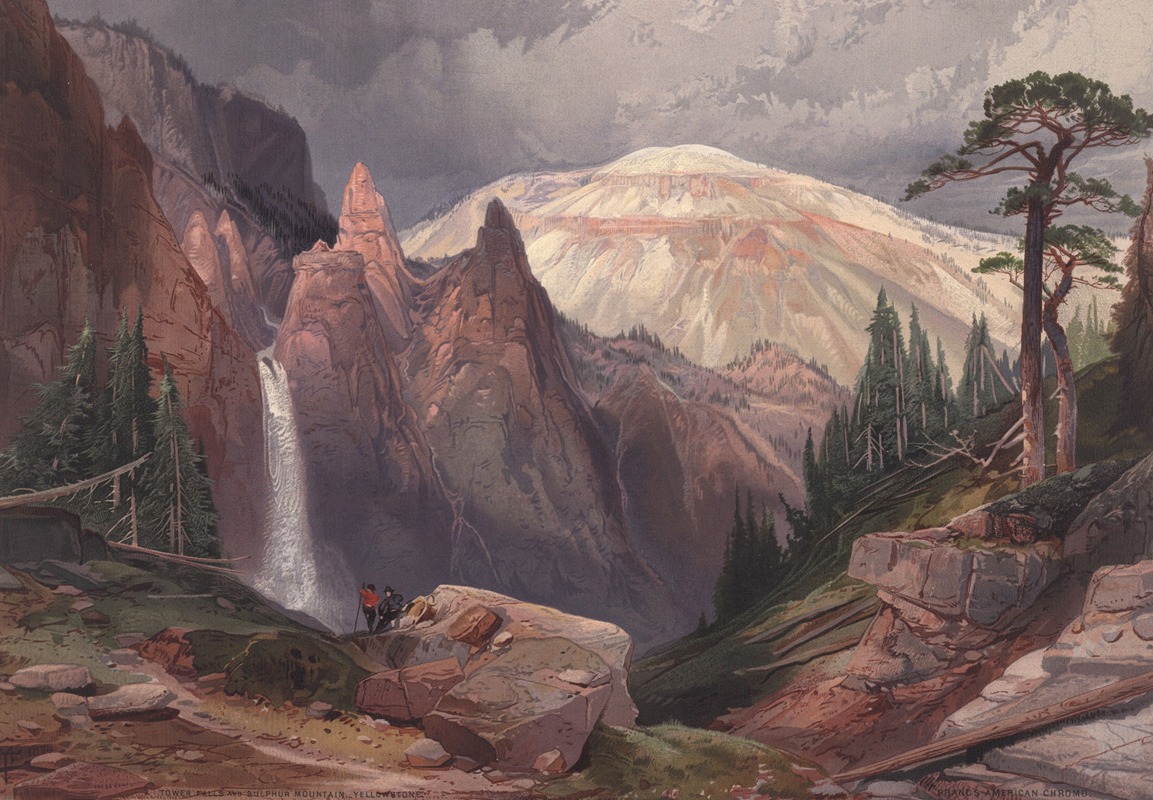
Tower Falls and Sulphur Mountain, Yellowstone
A hand-painted replica of Thomas Moran’s masterpiece Tower Falls and Sulphur Mountain, Yellowstone, meticulously crafted by professional artists to capture the true essence of the original. Each piece is created with museum-quality canvas and rare mineral pigments, carefully painted by experienced artists with delicate brushstrokes and rich, layered colors to perfectly recreate the texture of the original artwork. Unlike machine-printed reproductions, this hand-painted version brings the painting to life, infused with the artist’s emotions and skill in every stroke. Whether for personal collection or home decoration, it instantly elevates the artistic atmosphere of any space.
"Tower Falls and Sulphur Mountain, Yellowstone" is a watercolor painting created by the American artist Thomas Moran in 1871. Moran, a prominent painter of the Hudson River School, is renowned for his vivid and dramatic depictions of the American West, particularly Yellowstone National Park. This specific work is one of the many pieces Moran produced during his participation in the 1871 Hayden Geological Survey of Yellowstone, led by Ferdinand V. Hayden.
The painting captures the striking natural beauty of Tower Fall, a 132-foot waterfall located in the northeastern region of what is now Yellowstone National Park, with Sulphur Mountain visible in the background. Moran’s use of light, color, and detail in this piece reflects his ability to convey the grandeur and sublime qualities of the landscape. The painting emphasizes the rugged cliffs, cascading water, and the surrounding wilderness, showcasing the unique geological features of the area.
Moran’s involvement in the 1871 survey was pivotal in the history of Yellowstone and the broader conservation movement in the United States. His sketches and paintings, including "Tower Falls and Sulphur Mountain, Yellowstone," were instrumental in convincing Congress to establish Yellowstone as the first national park in 1872. These artworks, along with photographs by William Henry Jackson, provided visual evidence of the park's extraordinary landscapes, which were previously unfamiliar to much of the American public and policymakers.
The watercolor is part of a larger body of work Moran created during and after the expedition, which he later used as references for his more famous oil paintings. While the watercolor itself is less well-known than some of Moran’s larger oil canvases, it remains an important example of his artistic process and his role in documenting and promoting the natural wonders of the American West.
Today, "Tower Falls and Sulphur Mountain, Yellowstone" is held in the collection of the Smithsonian American Art Museum in Washington, D.C. It continues to be appreciated for its historical significance and its contribution to the visual legacy of Yellowstone National Park.





